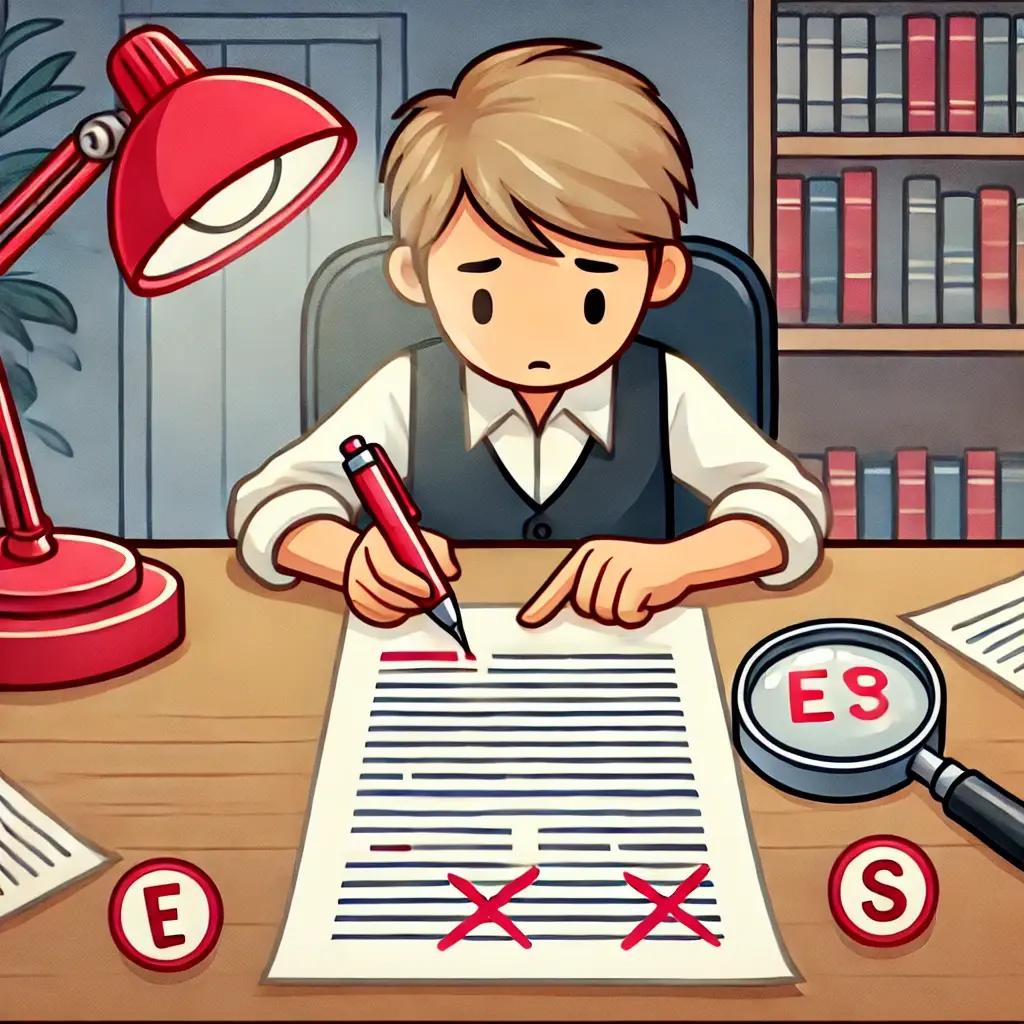LESSON 4.7
Writing the N1 Section
For Grades 7-12
Review
Usually, the first variable in a document is the Old variable. However, if the first variable is “New” (as is N2), then call it N1. It must be more general or chronologically older than N2. Most people are unaware of Van Tilburg’s scholarly work, but it’s older than Hunt’s work, so we will call Van Tilburg’s work N1.
IDP
You should have your information laid out in a logical order. Make sure that each section follows IDP.
IDP stands for—
Introduce
Define, describe, and/or discuss
Provide evidence
IDP is a natural way of talking. When meeting friends, for instance, who do not know each other, it is common to follow a usual pattern:
Introduce: “Marty, this is Sasha. Sasha, Marty
Define. Describe, discuss: Marty works in the city’s maintenance department. Sasha is a stay-at-home mom. I know her from our yoga class. (voice rising) And she’s single.
Provide evidence: (you depart to check on your other guests.) Marty and Sasha sit down and discuss work and personal interests. Such specifics are a way of establishing evidence.

Example
Other Cultures
(Introduce) Van Tilburg began her research about transporting the moai by examining how other cultures have moved large stones. Most of them (define, describe, and/or discuss, provide evidence), used some sort of sledge atop rollers. For example, Indonesians move gravestones weighing 150 tones. Southeastern Indians move huge stones alone narrow trails. The Malagasy, Tonganese, Micronesians, and Marquesan’s also have histories of moving massive stones.
Other cultures, such as the Egyptians with the pyramids, the Celtic, with Stonehenge, the Mayan, with the pyramids of Guatemala and Mexico, and the Inca, with Machu Picchu, also had a long history of moving gigantic stones (Van Tilburg, ????)
Finishing the Section
Repeat the pattern for the other subsections under “Other Cultures” or whatever your first subsection is.
Add in the Van Tilburg and Ralston Material
Determine where the information from the Van Tilburg and Ralston article goes. Don’t just add it into the bottom of the section..
Write Fast
Writing quickly will help you compose in a natural voice. It also minimizes time lost if you must throw away what you have written. Don’t stew over grammar and documentation, which is the use of footnotes. Don’t worry about grammar and spelling at this point. However, write short sentences: They help you avoid run-ons.
Write Short Sentences
Writing short sentences helps you avoid run-ons, which are sentences run together without punctuation or run together with commas.
Check Grammar
Look for grammar and spelling errors after you have finished a section. Checking grammar and spelling as you write is a distraction: Writing and checking grammar and spelling take place as different parts of the brain.
- If a sentence sounds “funny,” t’s probably a fragment.
- If a sentence is extremely long, it’s probably a run-on.

Check Spelling
Use a spell-check, but do not rely on them 100 percent. Also—
- Do not use you or any form of it, such as It will cause you to be generalized.
- Do not use comma-created word such as don’t, won’t, or can’t.
- Spell its It never has an apostrophe unless you are using it to say it is.
- Check for homonyms, such as—
accept and except
ad and aide
aide and aid
compliment and complement
know and no
knew and new
peak and peek
patient and patients
principal and principle
threw and through
waist and waste
there and their
wear and where
very and vary
witch and which
Having poor spelling is an easy way to earn a bad grade, so be sure to check spelling carefully.
Adding Footnotes
Footnoting (aka, “citing”) tells readers where you got the information. It’s usually quite easy.
- Go to the end of each paragraph except the ones that has information from the Van Tilburg and Ralston article.
- Delete the period.
- Insert a left-side paragraph symbol. It’s the upper-case of the key to the right of L key.
- Add in the person’s last name ONLY. Don’t forget the Van. It’s part of her name. Do not include her first name nor any other information, such as “Dr.” For example: {Van Tilburg
- Place a comma after her name.
- Put the year the article was published – not the date you used the information. Include only the year.
- Put the right-hand paragraph symbol.
- Insert the period OUTSIDE the right-hand paragraph symbol, Your footnote will look like this:
Other Cultures
Van Tilburg began her research about transporting the moai by examining how other cultures have moved large stones. Most of them used some sort of sledge atop rollers. For example, Indonesians move gravestones weighing 150 tones. Southeastern Indians move huge stones alone narrow trails. The Malagasy, Tongans, Micronesians, and Marquesas also have histories of moving massive stones (Van Tilburg, ????).
Other cultures, such as the Egyptians with the pyramids, the Celtic, with Stonehenge, the Mayan, with the pyramids of Guatemala and Mexico, and the Inca, with Macca Picchu, also had a long history of moving gigantic stones (Van Tilburg, ????)

Other Footnoting Rules
If two people wrote an article or some other type of documents, list both last names in the order they were in the article. Use an ampersand instead of and. Thus: (Van Tilburg & Ralston, ????)
If three or more people wrote an article or some other type of document, then list the first author (last name only) and et al. For example: (Val Tilburg et al., ????). Et al. is Latin for and others. Notice that there is a period after al. but not after et. That’s because et means and, whereas al. is an abbreviation for others.
Task 4.7.1
Check your paper for grammar and spelling. Turn it in to your instructor.
